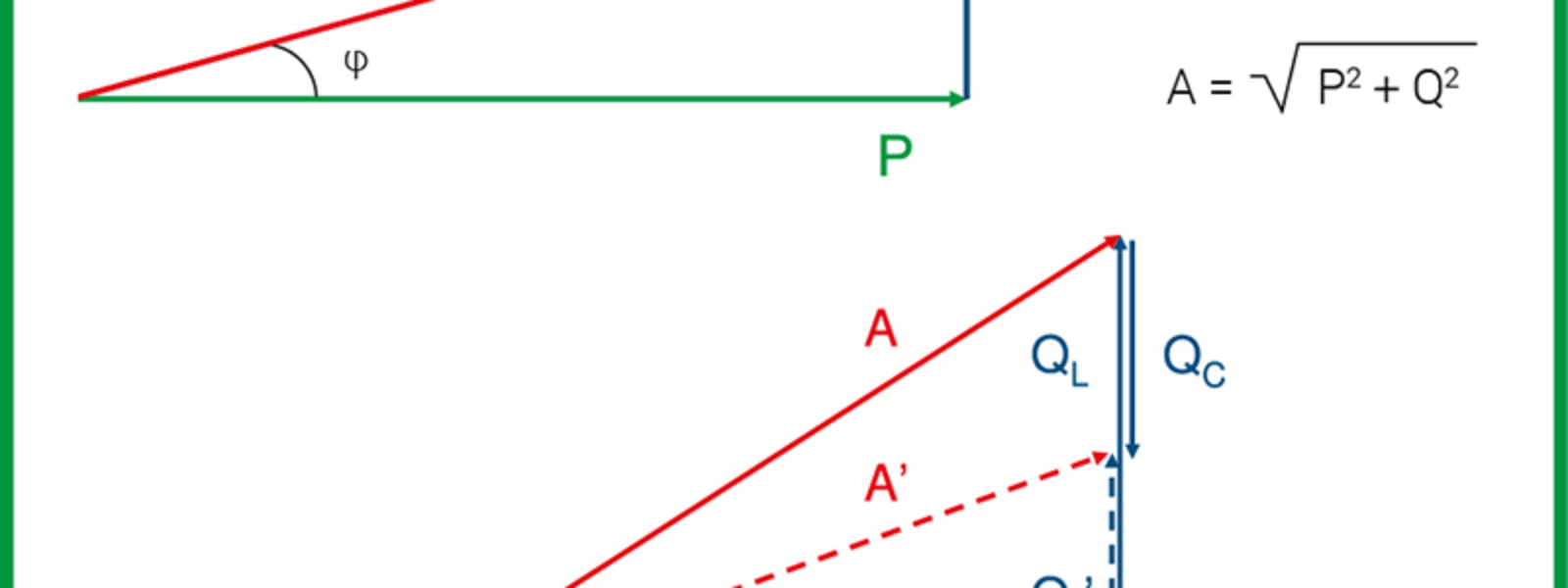Introduction
The world of electricity is constantly evolving, driven by the need to improve efficiency and reduce waste. One of the key techniques for optimising electricity distribution is power factor correction. This process plays a crucial role in ensuring that electrical systems operate efficiently and reliably. In this article, we will explore the calculation of power factor correction in detail, highlighting its importance and the methodologies involved in electricity optimisation.
What is power factor correction
Power factor correction is the process of adding reactive components to an electrical system in order to compensate for reactive power and improve the power factor. Reactive power is that part of the energy not actually used to perform useful work. Reactive power can cause energy losses, overheating of cables and other problems in the electrical system. Power factor correction intervenes to correct these imbalances and optimise overall efficiency.
How power factor correction works
Power factor correction exploits the use of reactive components, such as capacitors, which can store and release reactive energy in order to balance the reactive power in the system. This process reduces energy losses, improves the stability of the electrical system and extends the life of equipment.
The power factor correction calculation
Power factor correction calculation is a process that requires detailed knowledge of the characteristics of the electrical system. Reactive power is one of the main variables to be considered. To calculate it, it is necessary to know the apparent power, which is the combination of active and reactive power. The latter can be calculated as the square root of the apparent power squared minus the active power squared. Once the reactive power has been obtained, the dimensioning of the reactive components required for power factor correction can be determined.
Benefits of power factor correction
The benefits of power factor correction are manifold. Firstly, it improves energy efficiency by reducing energy losses caused by excess reactive power. It avoids bill penalties that are imposed by energy distribution companies in many countries. This not only saves money, but also reduces the environmental impact. In addition, power factor correction increases the lifetime of electrical equipment, as it reduces wear and tear due to reactive energy fluctuations.
Conclusion
In a world increasingly focused on efficiency and sustainability, power factor correction calculation emerges as an important tool in electricity optimisation. The ability to balance reactive power through the addition of reactive components offers tangible benefits in both economic and environmental terms. Understanding power factor correction calculation and its implementation not only improves energy management, but also contributes to the creation of more stable and reliable electrical systems, promoting a sustainable energy future.







